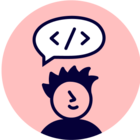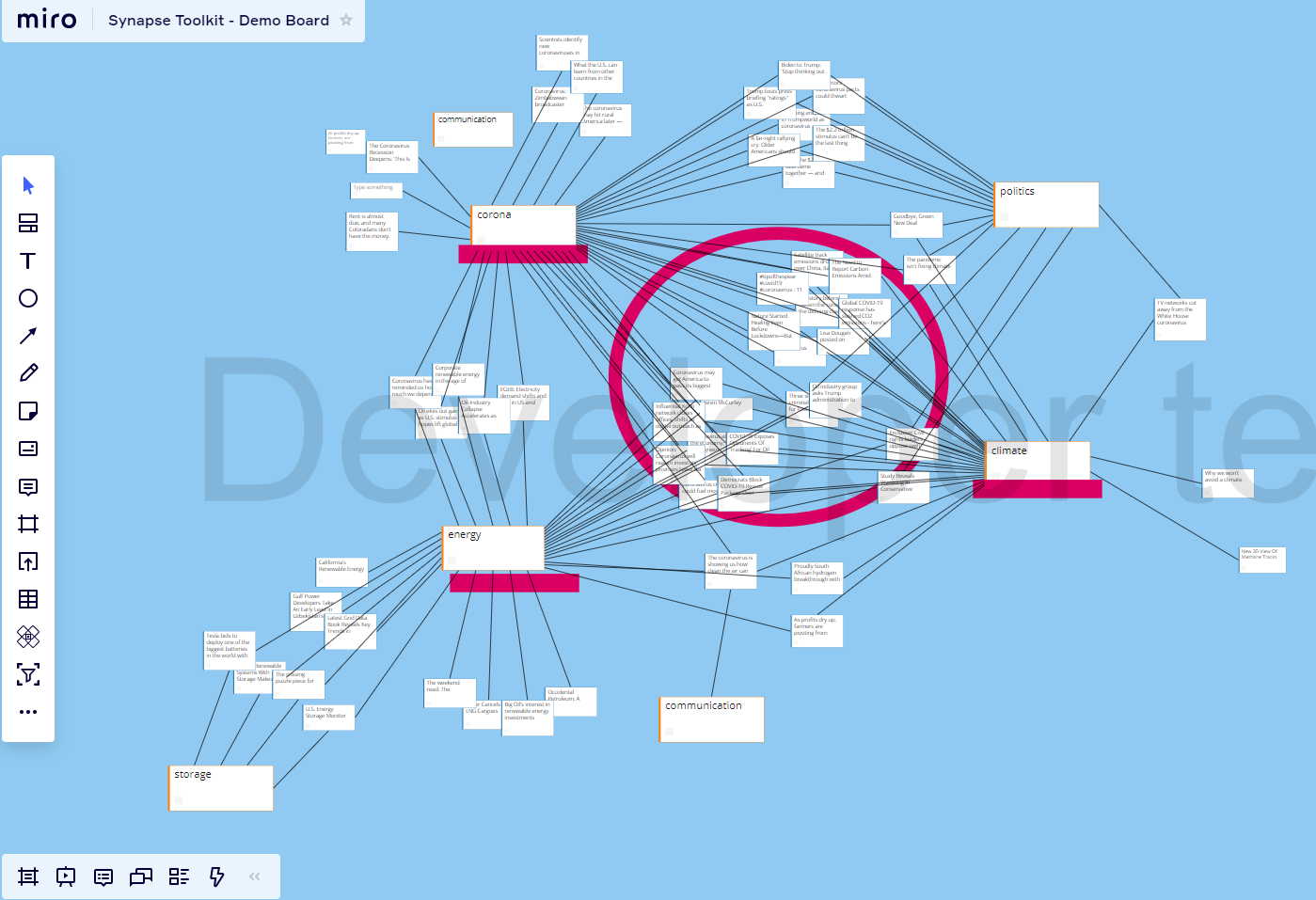I’m new to Miro but having watched many videos and browsed community topics, I think the current mindmaps feature is limited in that only trees can be represented.
Any plans to add support for general graph topologies? Graph DBs, like Neo4j, are growing in importance, for example ISO is standardizing the GQL (Graph Query Language), the first time in decades that a new language beyond SQL has been required.
In graph data models, links can connect any pair of nodes (ie concepts in mind maps). In addition both nodes and links can be have a data type associated and have key-value pair attributes.
A version of Miro that supports such graph features - and that could interface with Graph DBs might go a long way toward enabling agile, collaborative UI for enterprise informatics.
Neo4j has their own graph visualization platform and there are 3rd party platforms like kgbase.com but these not as sophisticated from an interaction point of view as Miro.
Any thoughts on feasibility?






